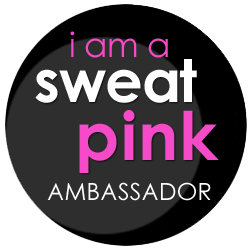This is the second part of my paper, The Road to Running, about how I became a runner. Here is Part 1.
The Road to Running (continued)
During the most inactive years of my life, my brother was becoming a runner when he started taking running classes at his university, which required him to participate in 5 and 10K races. After a few semesters, he started running half marathons,and even a marathon, a full 26.2 miles. I admired him for his diligence in his training and endurance, yet thought he was slightly crazy for running those ridiculously long distances. Again, I secretly wished that I were a runner because since childhood, my brother and I were competitive and I liked to consider myself the better athlete. I rationalized with myself that I had talents elsewhere; I was the better snowboarder and volleyball player.
The first time I tagged along with my brother to one of his half marathons was the first time I ever spectated a race. I was surprised by how exciting it was to watch hoards of sweaty people run by; some wore funny t-shirts, neon colored tutus, and even a banana costume. It was a spectacle, to say the least. I was also surprised by the diversity of runners; the speedy, gazelle-like runners were leading the pack, but the vast majority of runners weren’t pro-athletes.There were all different body types and fitness levels represented. Some people ran at a slower pace while others walked. The one thing everyone had in common was the desire and courage to take on the 13.1 mile challenge. After attending my brother’s races, the question would still linger in my head: Could I run that far? Am I physically capable of doing it? When I thought about it too much, the distance seemed too daunting and I thought I should try tackling a 5K first.
I started slowly. When I first started running, I felt that I couldn’t suck in enough oxygen to supply my fatigued muscles. My problem was that I was running too fast. I had to find a pace that I could sustain without losing my breath.At a more relaxed pace, I could just focus on breathing and the steady rhythm of my feet. I found that within the first 10 minutes of a run, I would fall into a pattern of breathing in synch with the cadence of my footfalls; it started to feel natural, and even easy. Next, I focused on how long I could run, to ignore the voice in my head that wants to quit. Just run for 15 minutes without stopping. Those 15 minutes became 20, then 30 minutes. The first time I ran five miles, in about 50 minutes, I was amazed at myself. Running was still both a physical and mental challenge; physical, when my muscles feel weak and fatigued, and mental, when I want to quit mid-run. But the exhilaration of reaching a personal record and seeing how much I had improved kept me going. I still wasn’t consistent, and my laziness got the best of me. I found excuses to not run: I was tired; it’s raining, or too hot, or too cold. The sporadic weeks when I did run gave me confidence that I could be a runner, if only I did it more often.








